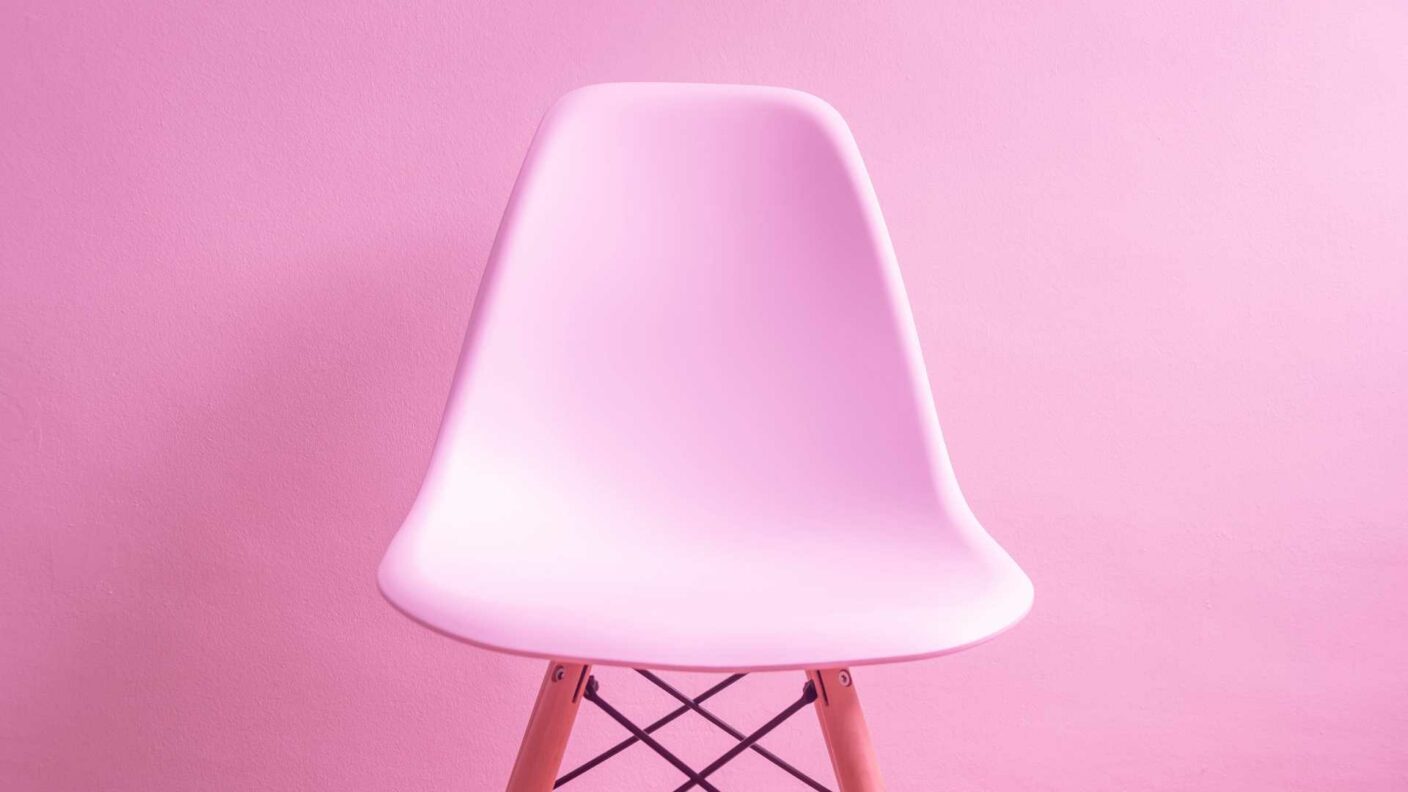When I was growing up in the 70s, there was an ashtray in each corner of our family living room. In those days everybody smoked; in fact, my mother was advised by her GP to smoke to relieve stress. Visitors smoked, my brothers smoked, it was unusual not to have a social event that wasn’t in a haze of cigarette smoke – so we needed strategically-placed receptacles for people to dispense of their ash.
Eventually, scientists and medical researchers convinced people that smoking is a really bad idea. As a result, I haven’t seen an ashtray in years.
So after reading a recent study on the perils of sitting, I’m now wondering if chairs and sofas will be the next to go. Quite simply, sitting is the new smoking. Even if you’re a regular at the gym, long periods of sitting on a regular basis have been shown to significantly shorten your life.
How can this be? We’ve been sitting for hundreds of thousands of years – how can something so common be so bad?
The answer: it’s the WAY we sit.
To shed light on this, let’s journey back and discover how we rested in previous eras.
Only in the past 10,000 years have humans been able to source food by farming animals and raising crops. Prior to this recent history, humans spent millions of years practicing and evolving a hunter-gatherer approach to food sourcing. From an evolutionary perspective, we’re “designed” to behave in this hunter-gatherer way – like the Hadza people of Tanzania, one of the few remaining populations who still hunt every day and gather vegetables for nourishment.
These days, the Hadza have quite an audience. They are monitored, probed, and generally scrutinized by researchers desperate to discover what distinguishes their lifestyle and its health benefits from a more modern approach. As you would expect, the Hadza have substantially lower rates of “lifestyle” diseases, such as diabetes and heart disease, than we see in modern society.
To further our understanding of the ills that come with a modern lifestyle, the Hadza’s sitting patterns were also recently put under the microscope.
One would assume that adopting a hunter-gatherer approach to life would be exhausting. They must spend way more time in active food-finding pursuits compared to us modern-day sloths – and as a result, sit less. But reality does not support this assumption. The Hadza spend plenty of time sitting and resting too. In fact, their sitting duration over the course of a day is almost identical to ours.
The key difference is that the Hadza don’t use chairs; they squat or kneel. These positions require low-grade muscle activation that, despite the low intensity, has a dramatic effect.
A number of investigations have demonstrated that prolonged sitting with little to no muscle activation (like we do daily in chairs) results in the accumulation of triglycerides (fat that circulates in the blood and is a major contributor to heart disease). Whereas interrupting these positions by getting up regularly or staying in a standing position more often can result in a 32 percent reduction in triglycerides.
In fact, the low squat position (sitting your butt on your heels) used by the Hadza generates between 5 and 10 times more muscle activation than sitting in a chair. This muscle activity gently soaks up triglycerides, resulting in less fat circulating in the blood – which lessens the risk of cardiovascular disease.
Now I don’t know about you, but I can’t squat like the Hadza. I feel like my knees are going to explode and my hamstrings cramp like nothing on earth. But as a result of reading these findings, I’ve converted my desk at home (during lockdown) to a standing option. In fact, I’ve written this whole article while standing.
The fact is, exercise is great for warding off the hazards of modern life. But if you’re inactive for long periods during the day, you’re still at high risk of contracting some nasty diseases.
With this in mind, I’m hoping the plush, high-backed office chair will soon disappear like the overflowing ashtrays. Standing desks will be everywhere, and shows on Netflix will come with reminders to do a few burpees at regular intervals.
I know I’m not alone. Check out this interview with Professor David Dunstan, a world authority on the role of sedentary behavior, who shares his fascinating views on tackling chronic diseases through exercise.
Author Les Mills
FOR A FITTER PLANET
We’re on a mission to create a fitter planet. This doesn’t mean making people work out. It means helping people fall in love with fitness so that they want to work out.

